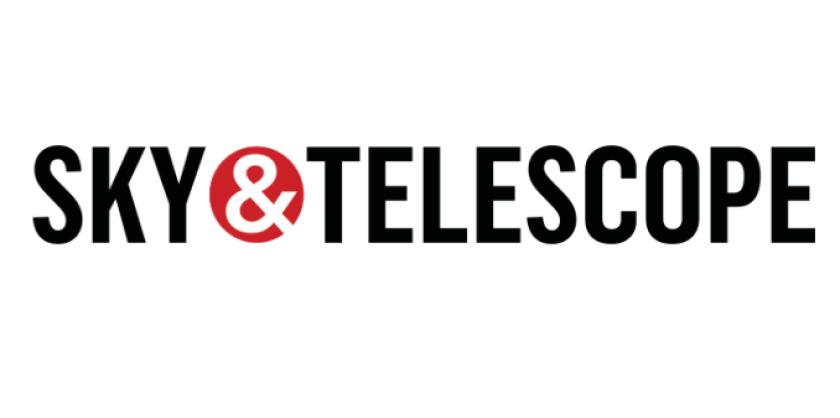Two spectroscopy methods are better than one
DOI: 10.1063/10.0036784

Two spectroscopy methods are better than one lead image
Two-dimensional (2D) spectroscopy has applications across all the sciences — from a better understanding of photosynthesis in plants to analyzing how electrons move in superconductors. However, this traditional spectroscopy method is limited due to the rapid photobleaching of photons emitted from laser-excited dye molecules at room temperature.
Jana et al. investigated experimental methods designed to improve 2D spectroscopy sensitivity by combining it with single-molecule fluorescence detection.
“Two-dimensional spectroscopy is well established but is the average of millions of molecules,” said author Markus Lippitz. “On the other hand, single-molecule spectroscopy focuses on one molecule at a time and can determine distributions of properties — not just averages.”
The team presented key experimental problems that were necessary to overcome to measure the 2D spectra of single molecules. Since fluorescent molecules bleach very quickly, a fast measurement sequence was necessary. To obtain single-molecule data analysis, photons were counted through statistical methods. Also, slicing the acquired photon stream by arrival time of the photon helped distinguish between different emitting states of the molecule.
While 2D spectroscopy typically uses three laser pulses to excite the sample, four collinear pulses were used to detect the incoherent fluorescent signal. This allowed the technique to be combined with a high-resolution optical microscope.
“Our work brings two communities together,” said Lippitz. “It enables groups working on 2D spectroscopy at the ensemble level to optimize their setup for single-molecule detection, and it allows people who are already working with single molecules to measure 2D spectra.”
Source: “Overcoming experimental obstacles in two-dimensional spectroscopy of a single molecule,” by Sanchayeeta Jana, Simon Durst, Lucas Ludwig, and Markus Lippitz, Journal of Chemical Physics (2025). This article can be accessed at https://doi.org/10.1063/5.0261813
This paper is part of the David Jonas Festschrift Collection, learn more here

